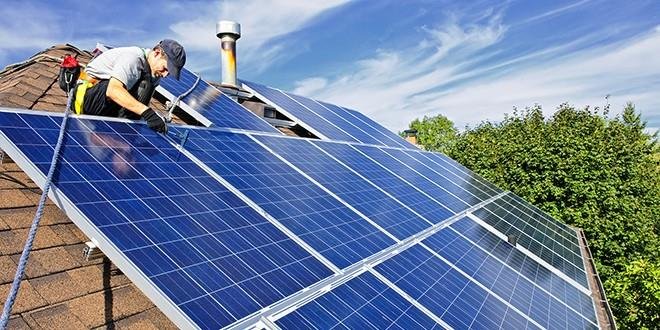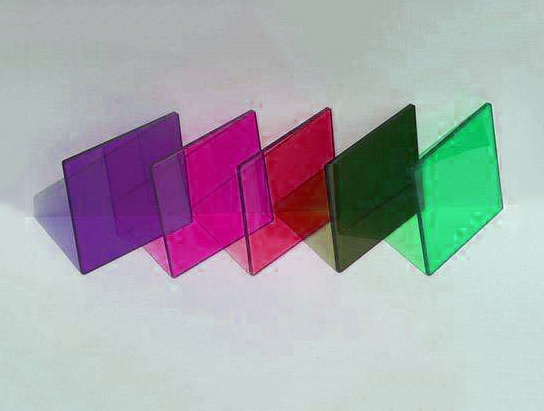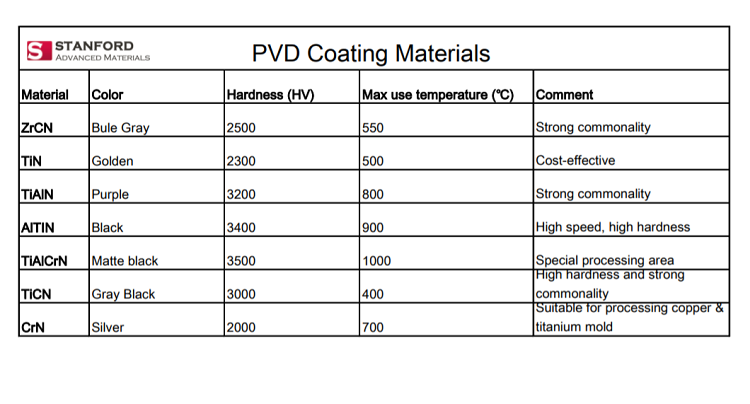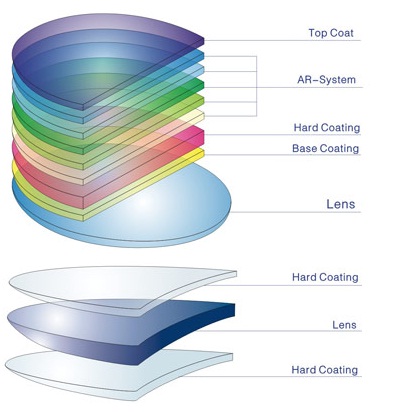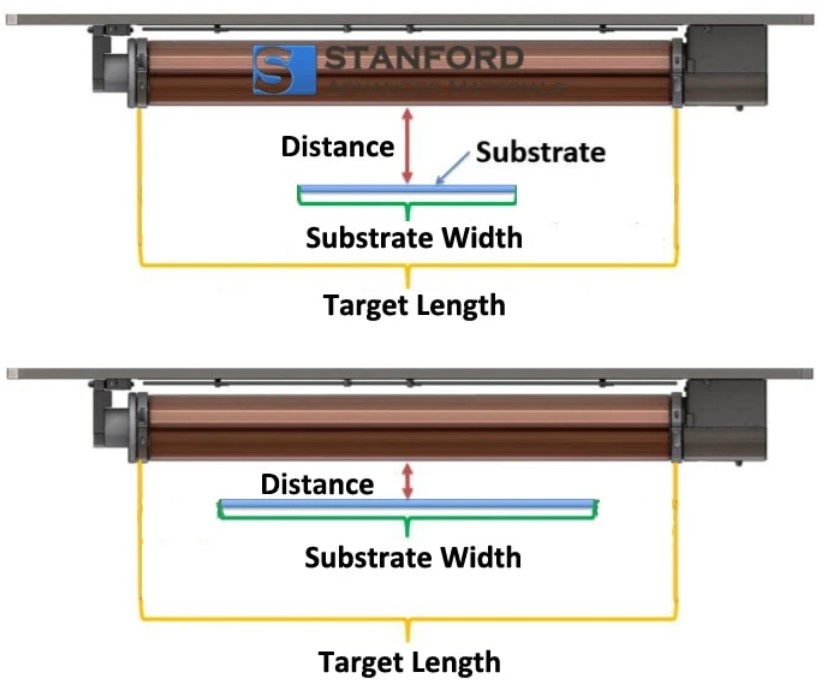Introduction to Vacuum Sputtering
Vacuum sputtering is a thin-film technology to deposit thin films and coatings by creating a sub-atmospheric pressure environment and an atomic or molecular condensable vapor source. The basic principle is to make argon (Ar) ions hit the surface of the sputtering target through glow discharge in a vacuum, so that the target atoms overflow and deposit on the substrate to form a thin film.
Most general metal materials use DC sputtering, while non-conductive ceramic materials use RF sputtering. The new sputtering coating equipment uses powerful magnets to accelerate the ionization of argon gas around the target material in a spiral shape, thereby increasing the probability of collision between the target material and argon ions, thereby increasing the sputtering rate.
Characteristics of Sputtering Coating Process
(1) It has a wide range of applications, and can make metal, alloy or insulator materials into thin films.
(2) Under proper setting conditions, multi-component targets can be made into thin films with the same composition.
(3) A mixture or compound of the target substance and gas molecules can be produced by adding oxygen or another reactive gas to the discharge atmosphere.
(4) The target input current and sputtering time are controllable, which is conducive to obtaining high-precision film thickness.
(5) Sputtering coating is more conducive to producing large-area uniform films than other processes.
(6) The sputtered particles are not affected by gravity, and the positions of the target and the substrate can be freely arranged.
(7) The bonding strength between the substrate and the film is more than 10 times that of the general evaporated film, and because the sputtering particles have high energy, the surface of the film is continuously diffused to obtain a hard and dense film. At the same time, high energy allows the substrate to obtain a crystalline film at a lower temperature.
(8) The nucleation density is high at the initial stage of film formation, and an extremely thin continuous film of 10 nm or less can be produced.
(9) The target has a long service life and can be continuously produced for a long time.
(10) The target can be made into various shapes, and with the special design of the machine, it can be controlled better and has the highest efficiency.
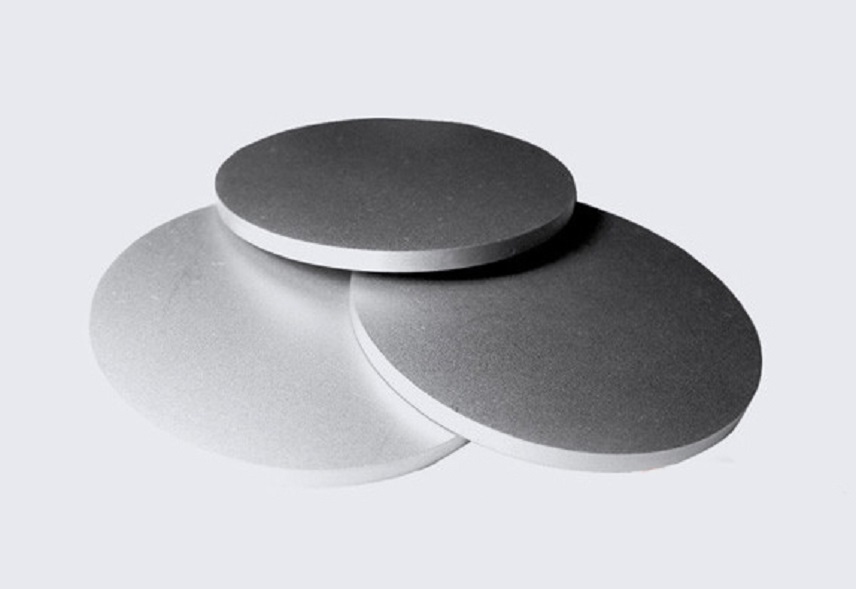
How Target Purity Affects Thin Film Quality
Many factors can affect the quality of a thin film, of which the purity of the sputtering target has the greatest impact. If the target material is not pure enough, the impurity particles in the target material will adhere to the surface of the substrate during the sputtering process, causing the film layer in some positions to be weak and peel off. Simply put, the higher the purity of the target material, the better the performance of the film.
For targets with poor thermal conductivity, such as silicon aluminum sputtering targets, the heat transfer is often hindered by impurities in the target. There is a difference between the cooling water temperature used in production and the actual water temperature of the coating line, which leads to cracking of the target during use. Generally speaking, slight cracks will not have a great impact on coating production. However, when the target has obvious cracks, the charge is easily concentrated on the edge of the crack, resulting in abnormal discharge on the surface of the target. Discharging will lead to slag falling, abnormal film formation, and increased product scrapping. Therefore, in the process of target preparation and purity control, it is also necessary to control the preparation process conditions.
Stanford Advanced Materials (SAM) is a global sputtering targets manufacturer which supplies high-quality and consistent products to meet our customers’ R&D and production needs. Please visit https://www.sputtertargets.net/ for more information.

